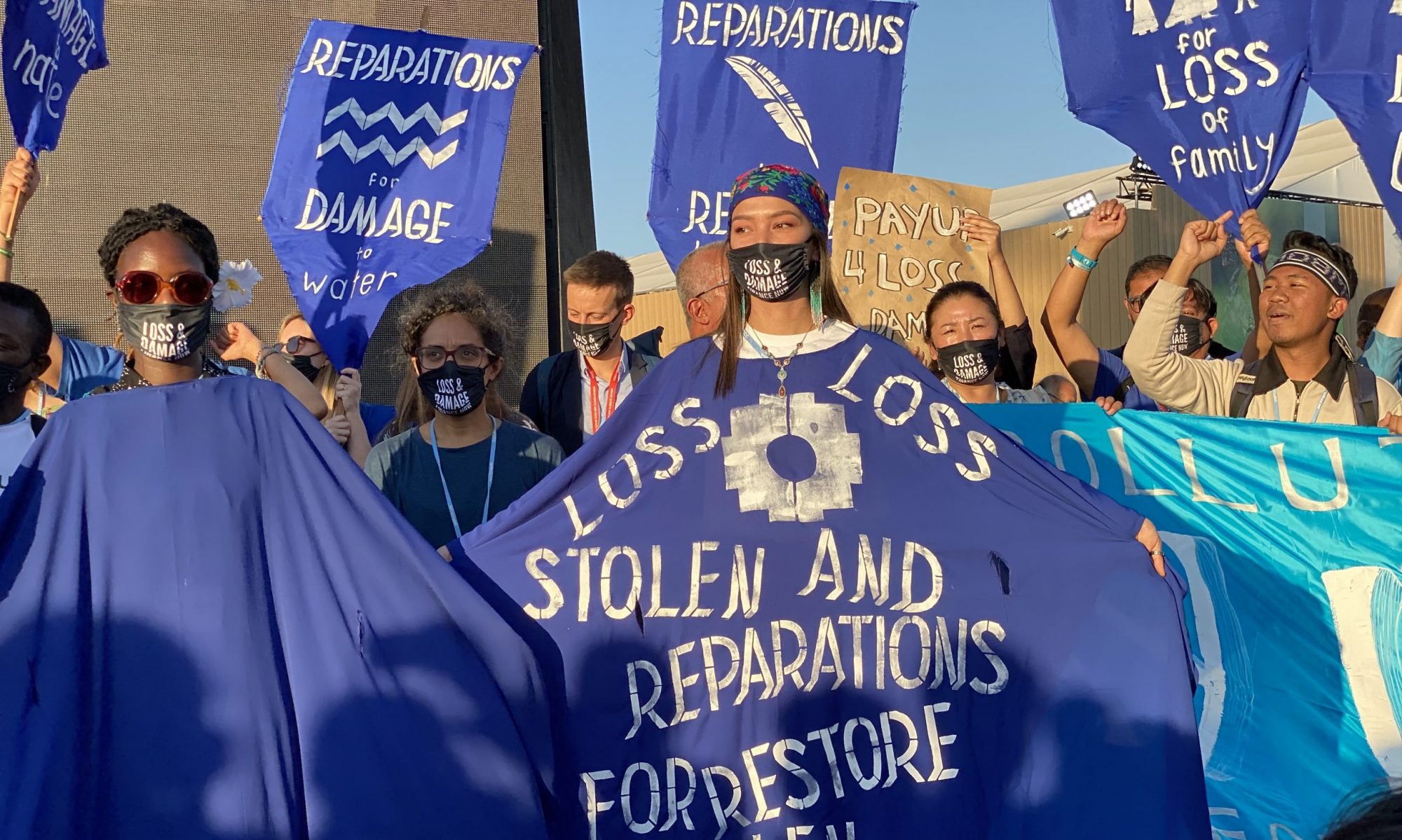Note: Not all questions will be relevant to all resources
Diagnosis/analysis offered
- What/who is identified as the primary/root cause(s) of the CNE?
- Who/what is presented as experiencing the biggest impacts of the CNE? (e.g “nature”, non-human animals, humanity, specific human communities or generations, etc)?
- To what extent are the unevenly distributed impacts of the CNE acknowledged? To what extent are unevenly distributed responsibilities for the CNE acknowledged?
- What are identified are the primary barriers to addressing the CNE?
Propositions/responses offered
- To what extent is it presumed that the most desirable outcome is “business as usual, but greener” – i.e., the existing system continues, but becomes more sustainable? (Note: this might be presented as the desired outcome even if it is also acknowledged within the resource that this is not actually feasible)
- To what extent is the CNE presented and engaged with as a discrete problem to be solved versus an ongoing predicament to be grappled with?
- Does the resource propose a solution to the CNE?
-
- If it does propose a solution, to what extent is that solution posed as the solution (i.e., universal)? Is a particular individual, group, or community presumed to have the solution?
- Consider the elements of the proposed solution: What does it assume? What is it invested in? What does it seek to achieve? Who proposed it? In whose name? For whose benefit? At whose expense?
- If it does not propose a solution, does it nonetheless propose some kind of response? What is the nature of this response?
General questions
- Who is the presumed reader/audience of the resource? Is this stated or implied (and if stated, is this the same as the implied audience?)? To what extent is the existence of other audiences acknowledged?
- To what extent and in what ways does the resource also address other ‘wicked’ social and ecological challenges, and the relationship of the CNE to these challenges (e.g. racial injustice, economic inequality, etc)?
- Which dimensions of the CNE does the resource address:
-
- Physical/ecological
- Political
- Psychological
- Economic
- Relational
- Intellectual
- Existential
- Others?
- If the resource addresses more than one of these dimensions, to what extent are these addressed in integrated ways versus treated as separate/discrete?
- To what extent does the resource acknowledge/create room for:
-
- Complexity?
- Uncertainty?
- Contradiction?
- Partiality? (i.e. the non-universal, situated nature of all knowledge/perspectives)
- Provisionality? (i.e. recognition that relevance is relative to a particular time, place, and context, and is not permanent, but rather subject to change)
- Plurivocality? (i.e. the fact that there are multiple co-existing perspectives)
- Polysemy? (i.e. the fact that the same word/idea can have multiple meanings)
- Is the focus of the resource more local, more global, or a combination of both?
Politics of knowledge
- To what extent does the author/creator implicate themselves in the causes of the CNE?
- To what extent does the author/creator implicate their audience in the causes of the CNE?
- To what extent is personal responsibility emphasized compared to systemic responsibility? To what extent is individual action emphasized compared to collective action?
- Which/whose (climate-related) knowledges and perspectives are considered relevant? Which/whose knowledges and perspective are centered Which/whose knowledges and perspective are absent? Which/whose knowledges are considered, but in tokenistic/superficial ways?
- How do you think your positionality (e.g. race, class, gender, nationality, generation) has shaped how you analyzed the resource and answered these questions? How do you know? Can you think of a friend, colleague, or acquaintance that might answer them differently? What are the implications of these differences for your ability to collaborate around these issues?
Temporality
- How does the resource represent or relate to the future? The past? The present?
- What is its temporal focus (e.g., past, present, future, a combination of these)?
- Does the piece locate a starting point of the CNE, and if so, when?
